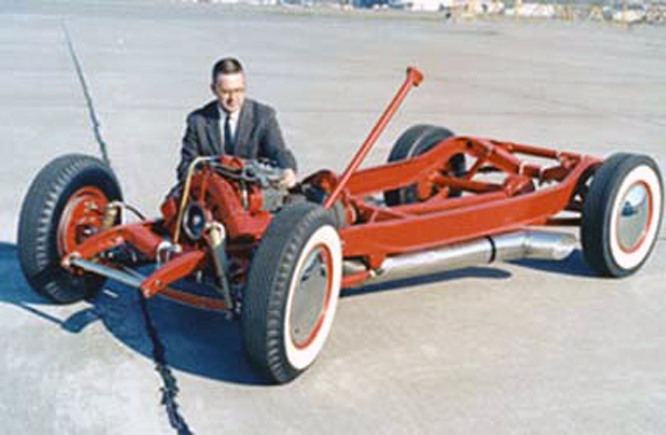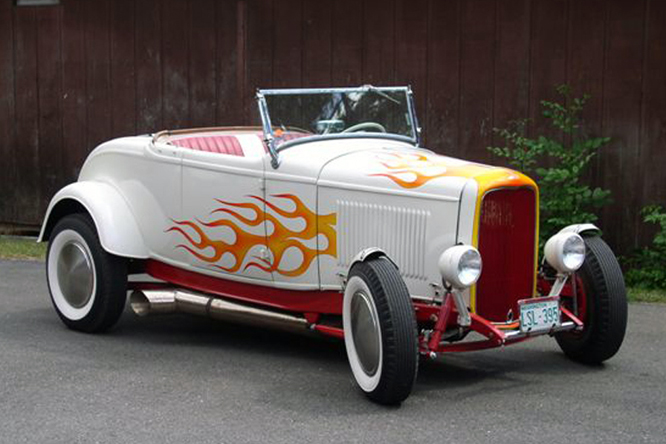[youtube]http://m.youtube.com/#/watch?v=PFnZJeHc-KY[/youtube]
http://www.bladonjets.com/products/range-extenders/
- Login or Register
No account yet? Sign up
Check previous page once moreDaveKillens wrote:I'm surprised no one has mentioned the Rover/BRM gas turbine racer.
It is already done, the Jaguar prototype electric car uses two small jet turbines to drive a generating pack to augment range.DaveKillens wrote:I'm surprised no one has mentioned the Rover/BRM gas turbine racer. It raced at LeMans, and although the results were inconclusive, showed promise.
But I was wondering, with the advances in energy recovery systems, that a gas turbine coupled to a properly tuned energy recover system may be viable. I am of the strong opinion that a gas turbine designed to run at a specific RPM can deliver high efficiency. What if that gas turbine was used solely to generate electricity, and the energy recovery system provided mechanical propulsion?
an aero trubine has very little in common with a very small turbine like Richard is talking about. It would be like comparing a ship diesel to motor bike engine.WhiteBlue wrote:I don't think you can make that claim with good justification. The aero industry has sunk billions into making turbines more efficient.richard_leeds wrote:How much of this is down to the decades of R&D for turbo-piston engines compared to the much more immature turbine?


Agreed ! ..... though it's a well-kept secretrjsa wrote:The only moment a jetliner's turbine gets close to it's optimum operating range is on take off. Any gas turbine operating at partial loads will have it's efficiency greatly damaged.
Very much no.Tommy Cookers wrote:btw a 747 etc can fly more efficiently at 1000' altitude on one engine than at the usual 36000' altitude on four engines ?
The 747 was brought into service with very inefficient and dangerous engines at the risk to passengers solely to save Boeing from bankruptcy. It is said that simply opening the throttles slightly too fast on the early 747 P and W jet engines caused them to blow out the casings.Billzilla wrote:Very much no.Tommy Cookers wrote:btw a 747 etc can fly more efficiently at 1000' altitude on one engine than at the usual 36000' altitude on four engines ?
Depending upon the weight on the 747 it may not even be able to keep in the air; it'd have to be fairly light. They'll fly on two engine but it's not pleasant and climbing is very slow.
The engines are also pretty good up at the optimum cruising level as they can reconfigure internally, unlike any piston engine. The compressor stator vanes can turn to change the airflow to increase efficiency for any rpm & airflow.
The airframe is also optimised for cruising at around M 0.86 so stooging around at 1,000' is not going to be very efficient for it.
FWIW on the 747 Classic the fuel flow on take-off is around 33 tonnes per hour, cruise burn is around 13 tonnes per hour at the first level when heavy, and when very light it'll drop back to 8 tonnes per hour. The -400's are a bit better than that in the cruise as they have more thrust and so can go a bit higher for the first cruise level and hence a lower fuel flow.
Something like a turboprop twin would work better as with the same power setting you'll go about 2/3's as fast on one engine as you will on two, so disregarding a few variables you'll go further on one engine than two. It has crossed my mind when being a long way from land!
Yes I know all that, I flew them for ten years and have about 5,000 hours on them.autogyro wrote:The 747 was brought into service with very inefficient and dangerous engines at the risk to passengers solely to save Boeing from bankruptcy. It is said that simply opening the throttles slightly too fast on the early 747 P and W jet engines caused them to blow out the casings.
It was not until the 747 used Rolls Royce engines and the other two American engine suppliers copied Rolls Royce technology (mainly blades) that the aircraft became properly safe.
I served with RAF Nimrods which were a conversion of the Comet 4B airliner faster and far better than the 707 design and with safe far more powerful engines.
A Nimrod could easily loiter on two engines and gain altitude on one. It also had three times the range of any current maritime ASAR ASW aircraft in service today.
Marketing BS is the only thing that allowed inferior designs like Boeing carry on in service.
I think Tommy means fuel efficiency on one engine not airspeed or flight safety.
Variable compressor blade angle will only help a bit.